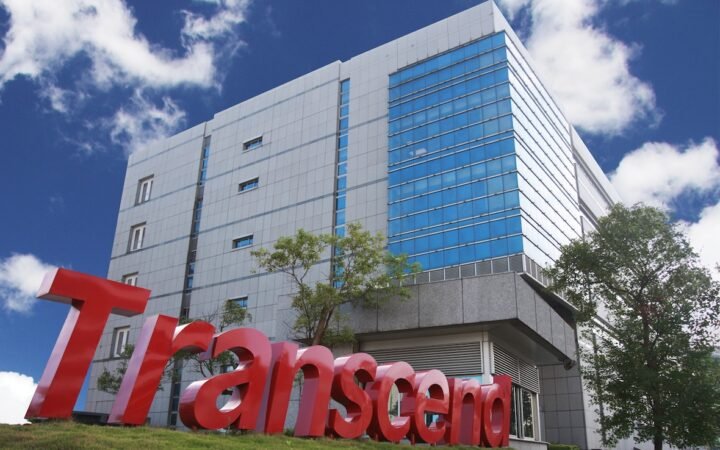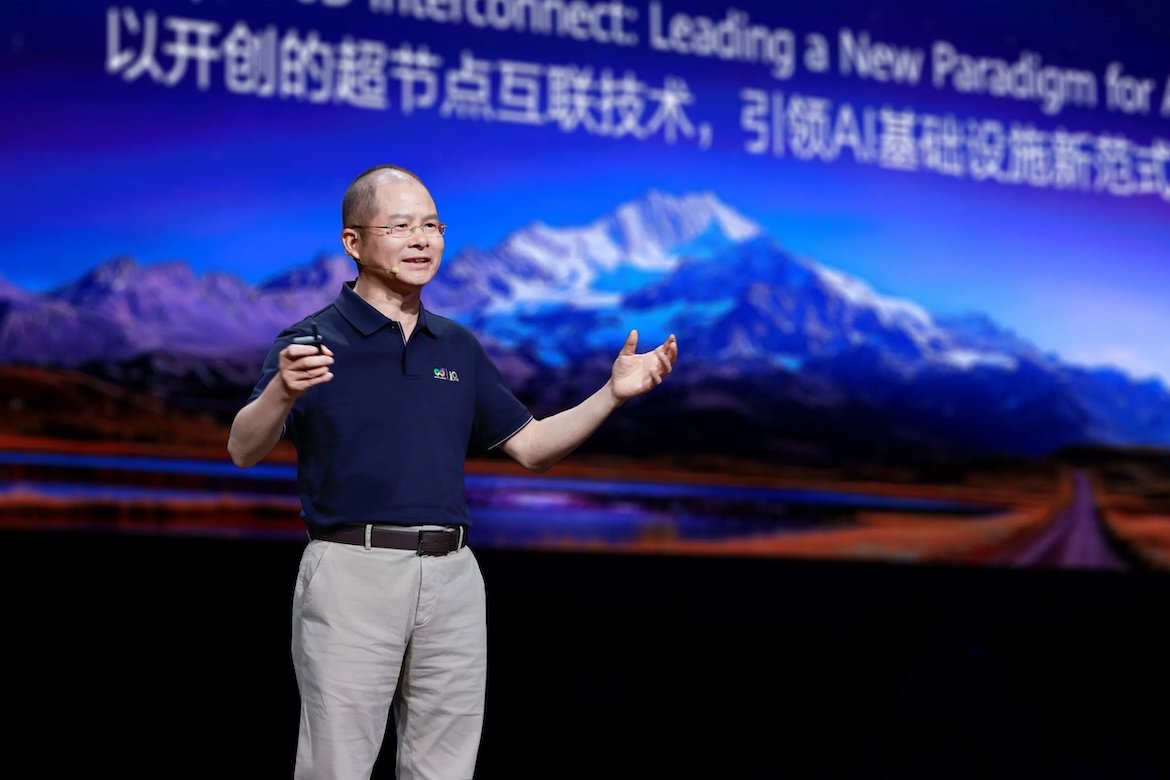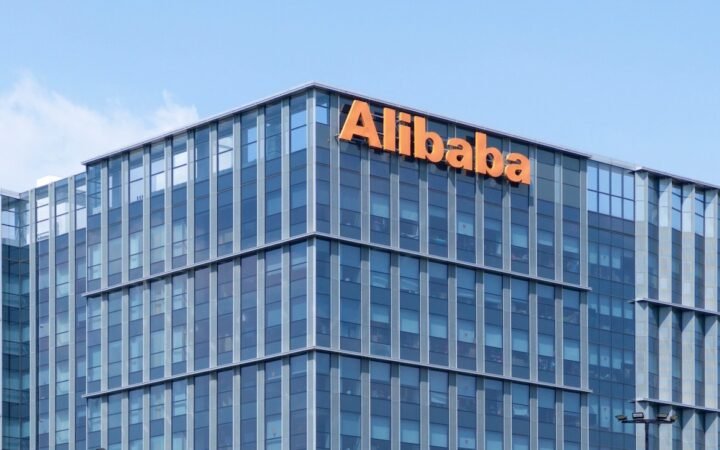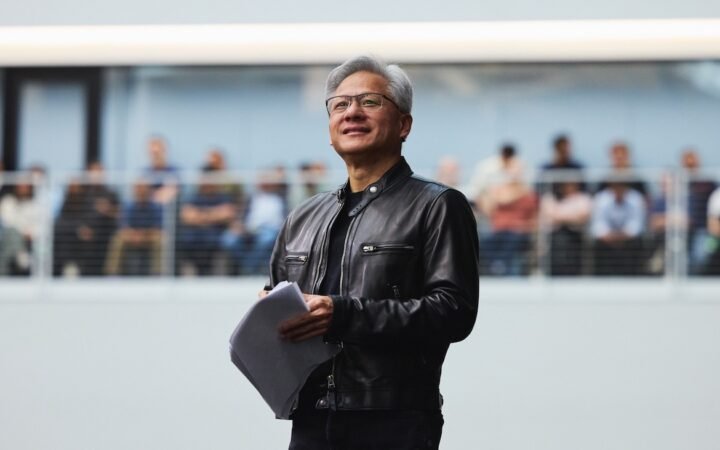
Huawei Technologies Co. has announced an ambitious three-year strategy to close the gap with Nvidia in the fast-growing market for artificial intelligence chips. Rotating Chairman Eric Xu told attendees at Huawei Connect 2025 that the company will leverage its manufacturing scale, telecom infrastructure and government ties to accelerate progress.
The plan comes as China prioritizes self-reliance in semiconductors amid U.S. export controls. Huawei already produces AI chips under its Ascend brand but acknowledges they lag Nvidia’s in raw performance. By 2027, the firm aims to match or exceed Nvidia in real-world deployment across cloud, telecom and industrial applications.
Pivoting From Chip Power to System Scale
Rather than chasing Nvidia’s every technical advance, Huawei is emphasizing a system-wide approach. Executives say the company will integrate chips, networks and cloud services to offset performance deficits with scale, coordination and tailored architectures.
That strategy includes increasing wafer capacity, optimizing supply chains and embedding custom AI chips into Huawei’s vast telecom and enterprise platforms. By pairing hardware with its own infrastructure, Huawei expects to improve efficiency and lock in demand internally. It is also exploring heterogenous computing — mixing different processing units for specialized tasks — to achieve results that rival or surpass general-purpose chips.
Analysts view the approach as a pragmatic way to accelerate adoption even if Huawei’s chips remain behind on benchmarks. It also signals to policymakers that the company is aligning with national tech goals, potentially unlocking continued subsidies and favorable procurement.
Raising the Stakes in the Global AI Chip Race
Huawei’s timetable raises the stakes in an already intense competition. Nvidia, AMD and Intel are all racing to develop next-generation silicon, while startups such as Graphcore and Cerebras push niche AI accelerators. Catching Nvidia will require flawless execution, high yields and cost discipline.
Geopolitical risks add another layer. Export controls, sanctions and supply-chain disruptions could derail Huawei’s progress. At the same time, the company’s global footprint in telecom gives it a built-in customer base that few rivals can match.
For the broader AI ecosystem, Huawei’s plan shows how the battle for leadership is shifting from pure chip performance to full-stack integration. As previously covered, Microsoft, Google and other tech giants are investing heavily in AI infrastructure worldwide, underscoring how hardware, software and scale are converging into a single competitive front.




